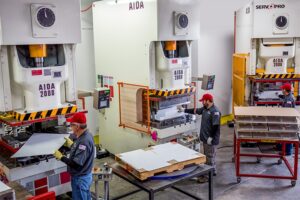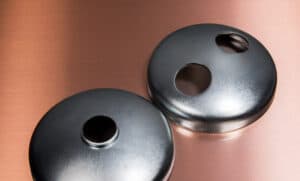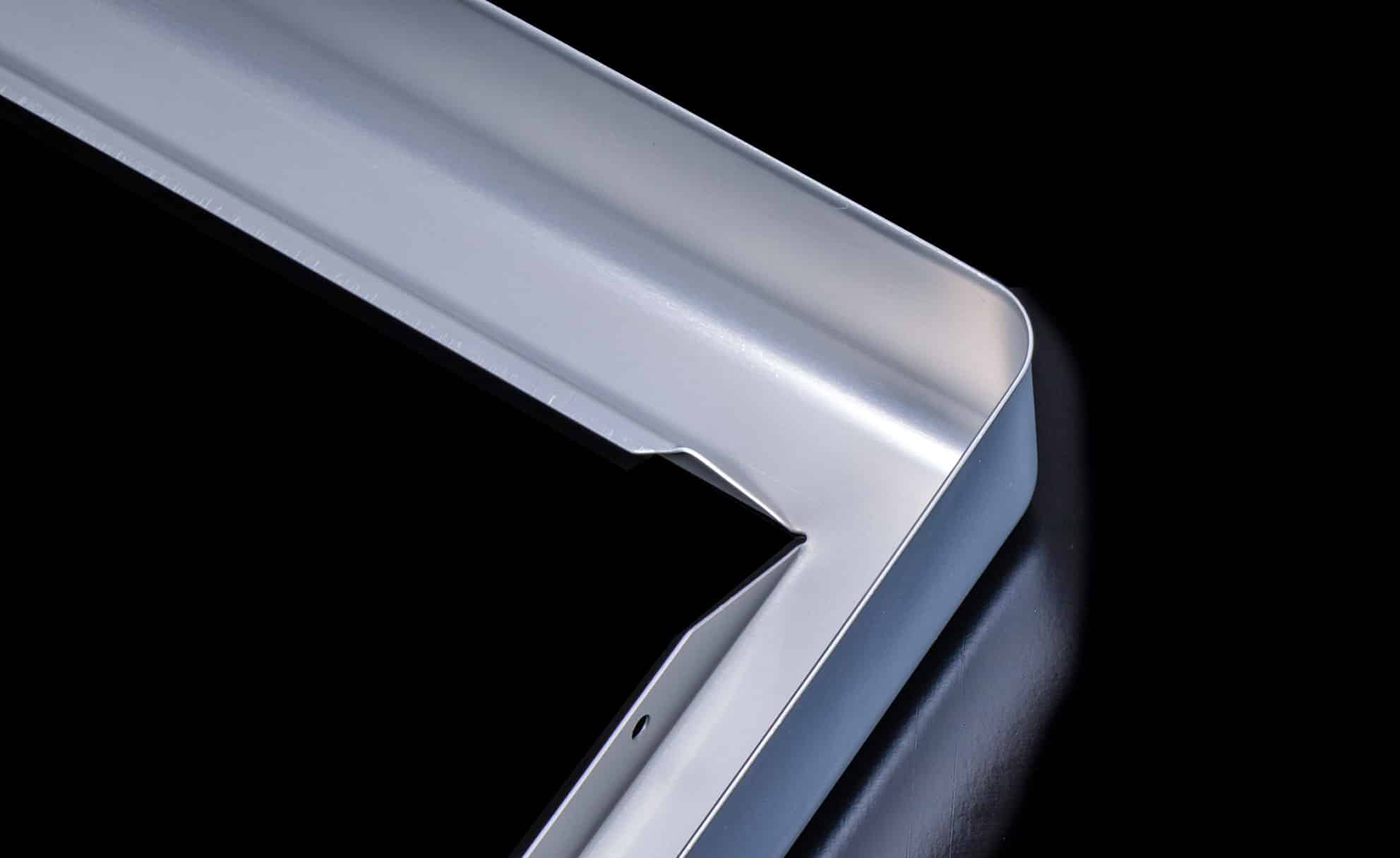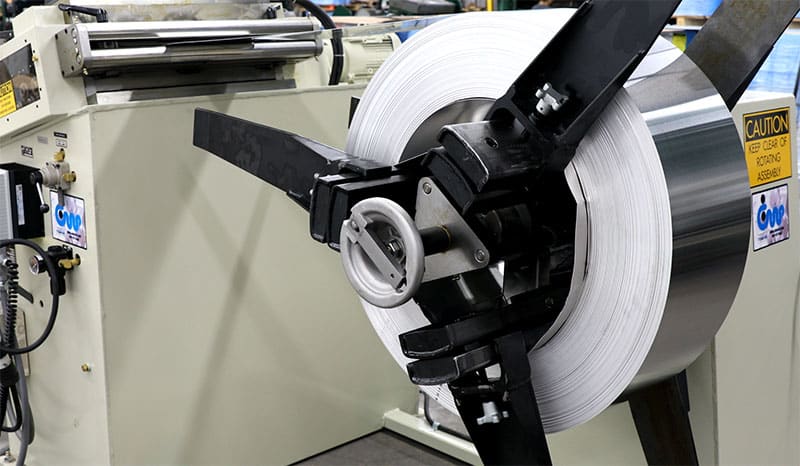Deep Drawn & Servo Stamping
Rely On Ajax Servo Presses For Speed & Precision
State-Of-The-Art Deep Drawn & Servo Stamping Technology.
Servo presses use advanced servo-motor technology and closed-loop control for precise motion, position, speed, and force control throughout the stroke. This enables highly accurate and repeatable results ideal for complex processes with tight tolerances.
They allow programmable stroke length, slide velocity, and force profiles within a cycle. This flexibility handles a wide variety of parts, dies, and speeds on the same machine. Different motion profiles are easily programmed, making servo presses ideal for tasks like deep drawing.
Although very precise, servo presses can operate at high speeds comparable to mechanical presses and faster than hydraulic ones. They achieve full working energy and tonnage at any speed for efficient high-speed production. Their electric operation is also more energy-efficient.
Contact an Ajax sales engineer today and find out more about deep drawn servo stamping solutions.
Related Stamping Services
Progressive Stamping
Ajax produces tight-tolerance stamped metal parts using several types of machinery and processes, all chosen and designed specifically to meet customer specifications.






